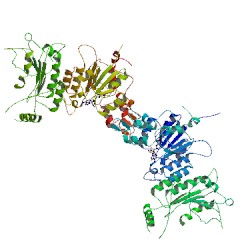
I looked for a News and Views summary of the article, thinking that if the conclusions of the article were anything like what the title and abstract indicated, there must be an editorial summary. I wasn’t disappointed. Su and Tsai provided a nice summary of the paper and discussed some of the potential implications of the work (2). Continue reading “Hypomethylation in the Hippocampus: Can Age-Related Cognitive Decline in Mice Be Reversed by the Activity of One Gene?”
